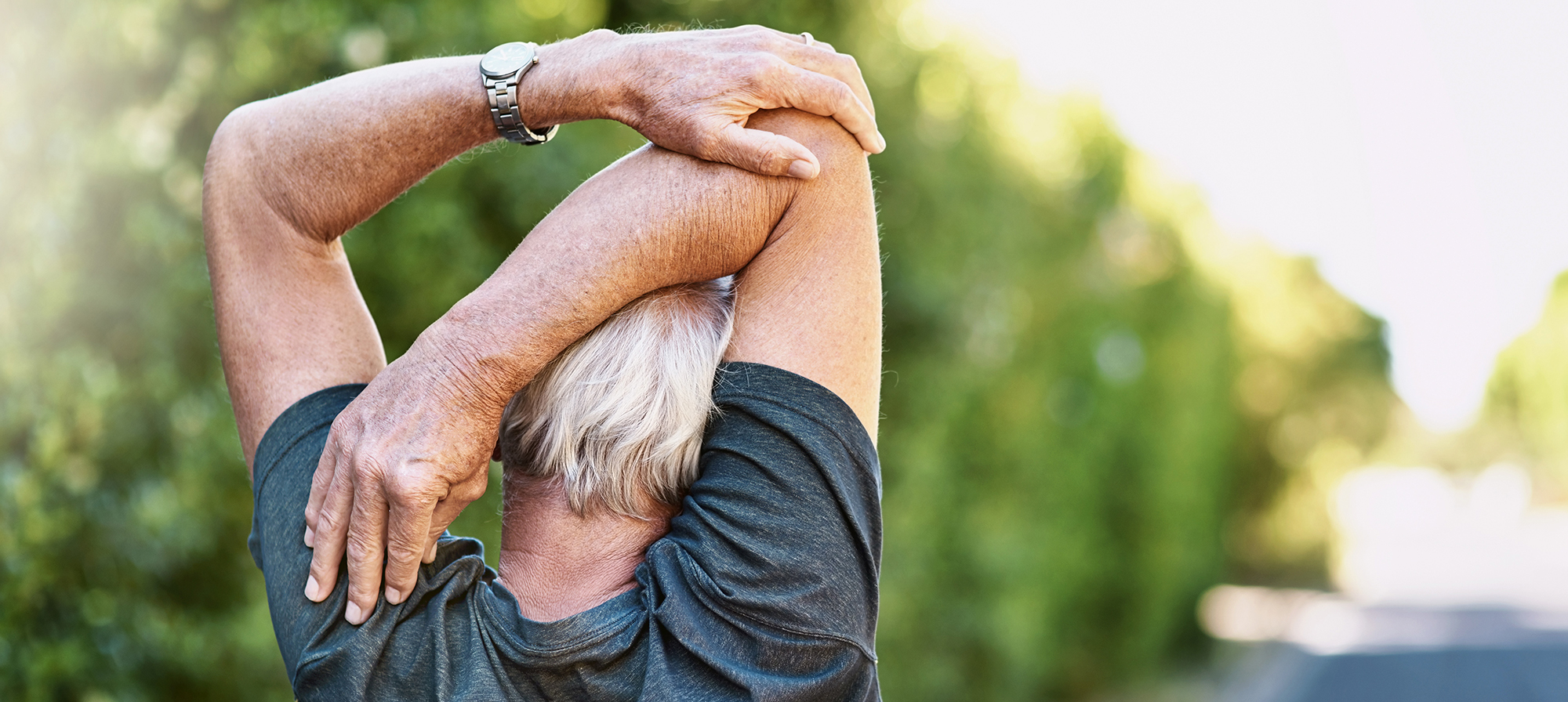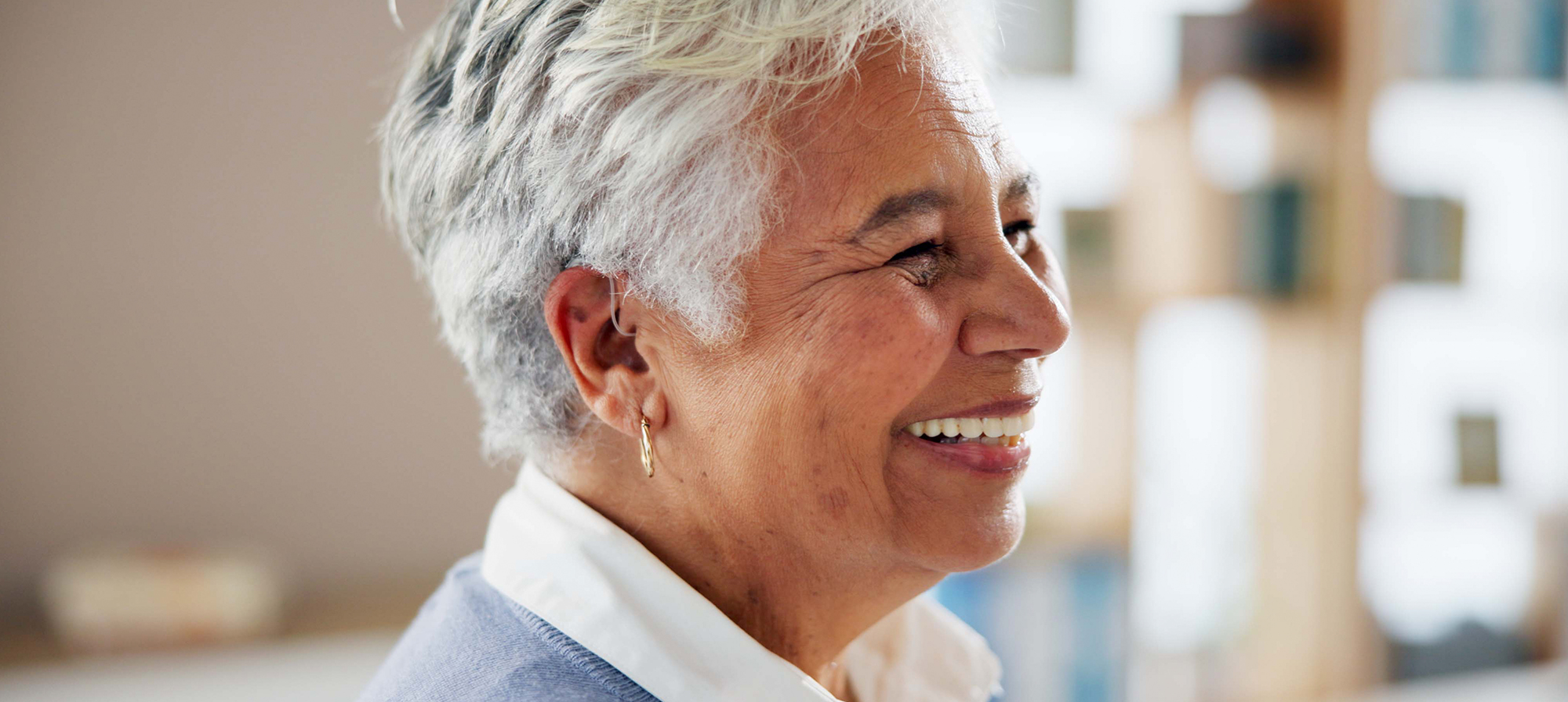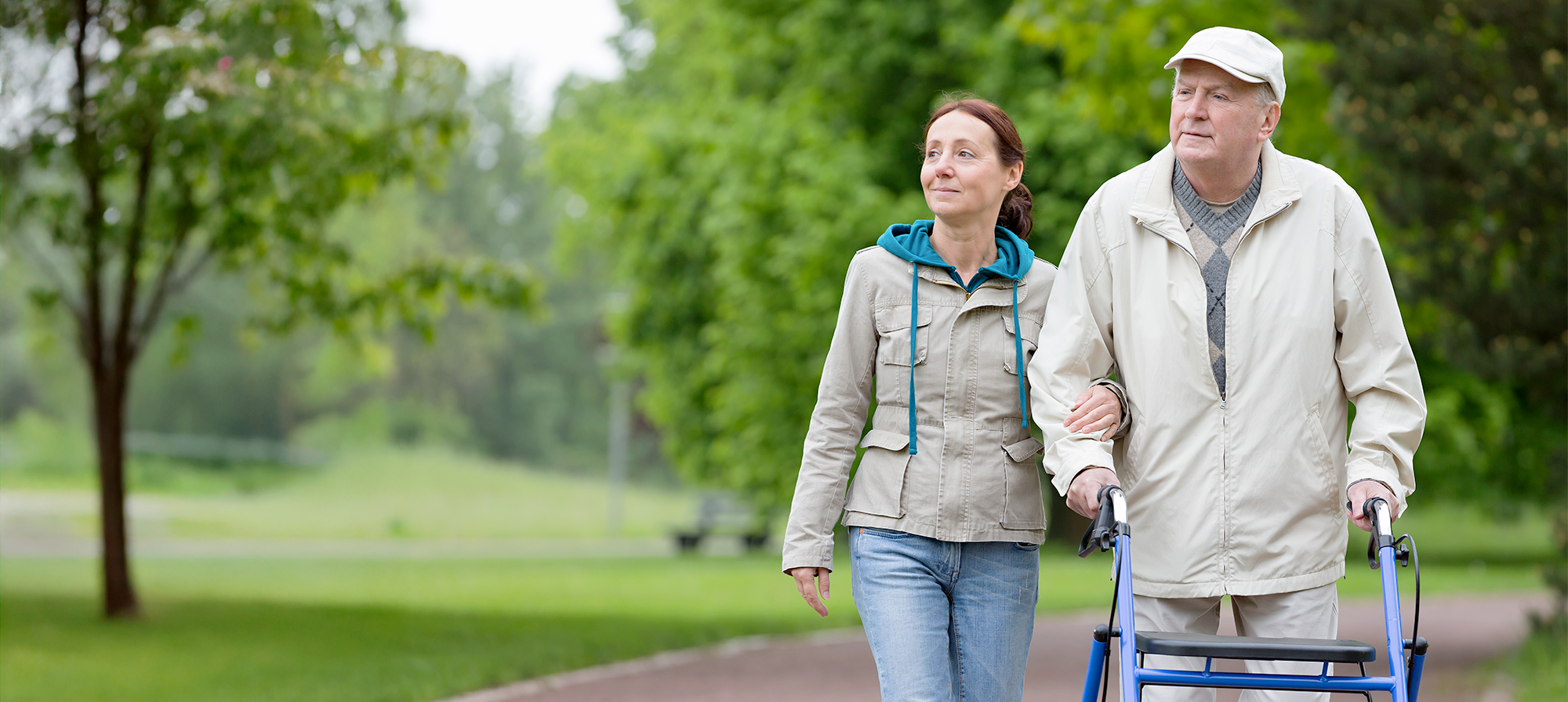Stretching plays a crucial role in your overall fitness, no matter your age. But as you grow older, stretching becomes even more important. Your soft tissues—which support and stabilize your joints, as well as allow them to move—tend to tighten, stiffen, and grow shorter with age. When this happens, even the most basic movements, like bending over to tie your shoe, can become harder to do.
Stretching does wonders to help counteract this change. Even if you’ve never formed the habit of stretching before, it’s never too late to start. And it’s certainly worthwhile that you do.
Stretching may help to relax, lengthen, and loosen the tissues that support and move your joints. This helps you move your whole body more freely, comfortably, and safely. As you grow older, this freedom of movement may help keep you mobile and independent for years to come.
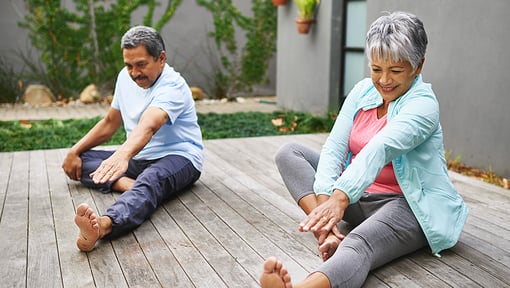 Why your soft tissues love to be stretched
Why your soft tissues love to be stretched
Here’s how stretching keeps all the tissues that support and move your joints loose and limber:
- Muscles. Your muscles move the joints and other parts of your body. They do this by contracting, or bunching up. Stretching helps keep your muscles relaxed and loose—so they can return to their full resting state after contracting.
- Tendons. These are the fibrous ends of muscles that attach your muscles to your bones. Tendons are a part of the muscle, and stretching helps keep them loose and relaxed, too.
- Ligaments. These are bands of strong, fibrous tissue that connect bones to other bones. They act as anchors that stabilize a joint and are the one soft tissue that does not lengthen with stretching. And that’s a good thing, since ligaments that are too loose can’t keep a joint stable.
- Fascia. Fascia is a thin sheath of tissue that wraps around muscles, bones, blood vessels, nerves, and joints. Think of it as a mesh-like shrink wrap that holds everything in the body together. It is strong, yet flexible. So it supports your body while at the same time letting you move.
But that freedom of movement is only possible when your fascia, like your muscles and tendons, stay loose. As the body ages, fascia tends to become drier and less elastic. It hardens and shrinks. Research suggests that stretching is one tool that may help keep fascia loose.
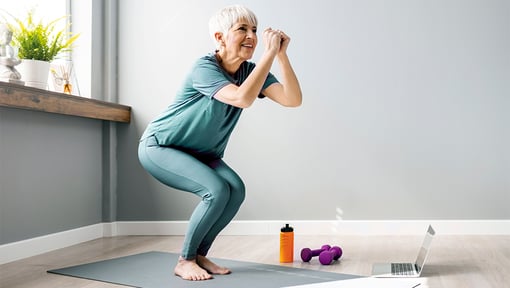
Other perks of stretching
Besides greater range of motion, stretching can also give you:
- Better posture. When you have stiff, tight, and shortened muscles and fascia, it can pull your frame into an unhealthy posture. Stretching helps lengthen and loosen these tissues. That, in turn, may help your posture stay healthy.
- Better balance and stability. When your joints move freely, you are more likely to be stable and steady on your feet. Daily activities may be safer and easier to perform. Falls become less likely when you are flexible.
- Less pain and stiffness. Both your joints and your soft tissues may feel less stiff and painful when you stretch on a routine basis.
Check out 9 nifty videos for keeping your feet and ankles strong and mobile, too.
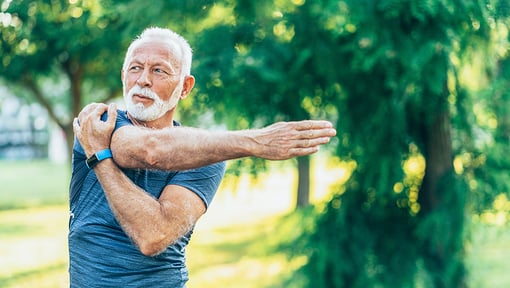
Tips to help you adopt a stretching habit
If stretching has never been a big part of your fitness routine, consider these tips:
- Pinpoint your barriers. If you have never formed a habit of stretching, ask yourself why. Maybe you aren’t sure how to stretch safely. Maybe you feel it’s too late for stretching to help. Maybe you feel stiff, tight, and frustrated when you stretch and don’t feel immediate results.
If you have these or other barriers to stretching, think about working with a certified personal trainer to work past them. Also keep in mind that, in time, you’ll start to feel results with only 10 minutes of additional time devoted to stretching when you work out.
Can’t find the motivation to work out? Get tips for overcoming these 5 common exercise hurdles. - Stay safe. If you have any health conditions, injuries, or recent surgeries, talk with your doctor before starting or changing your stretching routine. You might also want to start by working with a personal trainer. If balance is a problem, hang onto a wall or the back of a chair while stretching.
- Stretch when your muscles are warmed up. Stretch at the end of a workout when your muscles are warm and pliable from blood flow. Or do 5 to 10 minutes of brisk walking, biking, or jogging first.
- Be realistic. Be patient, especially if stretching is new for you. Don’t expect instant results. Don’t push too far too fast. And never force a stretch. You’ll want to feel a slight, almost pleasant, tension in the area you are stretching—not pain. If it hurts, stop. If the pain goes away once you stop, try the stretch again, but not as deeply.
- Don’t rush. Hold each stretch for at least 30 seconds. Don’t bounce. Stretch both sides of each muscle group. So if you stretch your right calf, stretch the left one, too.
- Keep breathing. Don’t hold your breath. Do breathe naturally.
- Stick with it. Here’s the trick to stretching: You’ve got to stick with it. The flexibility it gives you is temporary. You have to keep stretching on a regular basis to maintain that flexibility and freedom of movement. So consistency is key.
Click here to learn how to start your stretching routine.
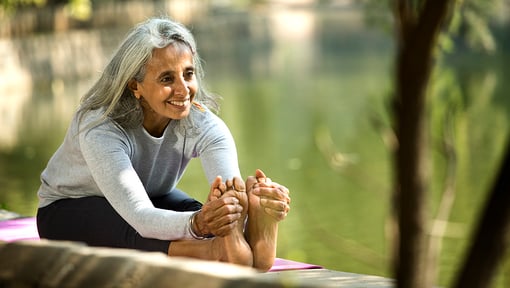
Taking it to the next level
If you’ve been stretching a while and want to take your stretching routine to the next level, Yoga and Pilates are some activities worth trying. The Silver&Fit Program offers free yoga workouts here. You might also enhance your stretching routine with a foam roller workout and/or massage.
Not a Silver&Fit® member? Learn more about everything the program has to offer, including more helpful healthy living tips like this, here on our website.
This information is not intended to take the place of regular medical care or advice. Please check with your doctor before using this information or beginning any self-care program. Images used for this article do not depict any members of the Silver&Fit Program.
References
American Heart Association. (2018, April 18). Flexibility exercise (stretching). https://www.heart.org/en/healthy-living/fitness/fitness-basics/flexibility-exercise-stretching
Cheatham, S. W., Kolber, M. J., Cain, M., & Lee, M. (2015). The effects of self-myofascial release using a foam roll or roller massager on joint range of motion, muscle recovery, and performance: A systematic review. International Journal of Sports Physical Therapy, 10(6), 827-838.
Matthews, J. (2017, April 19). 10 reasons why you should be stretching. Ace Fitness. https://www.acefitness.org/education-and-resources/professional/expert-articles/6387/10-reasons-why-you-should-be-stretching
Mayo Clinic. (2022, February 12). Stretching: Focus on flexibility. https://www.mayoclinic.org/healthy-lifestyle/fitness/in-depth/stretching/art-20047931
McGowan, C. J., Pyne, D. B., Thompson, K. G., & Rattray, B. (2015). Warm-up strategies for sport and exercise: Mechanisms and applications. Sports Medicine, 45(11), 1523-1546. https://doi.org/10.1007/s40279-015-0376-x
This article was written by Gail Olson, edited by Jason Nielsen, and clinically reviewed by Elizabeth Thompson, MPH, RDN.
